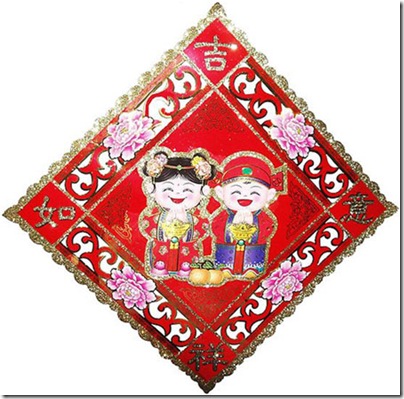Chinese New Year is the most important of the traditional Chinese holidays. In China, it is also known as the ‘Spring Festival’, the literal translation of the modern Chinese name. Chinese New Year celebrations traditionally ran from Chinese New Year’s Day itself, the first day of the first month of the Chinese calendar, to the Lantern Festival on the 15th day of the first month. The evening preceding Chinese New Year’s Day is an occasion for Chinese families to gather for the annual reunion dinner. Because the Chinese calendar is lunisolar, the Chinese New Year is often referred to as the “Lunar New Year”. This year it falls on the 10th of February 2013 and is the year of the snake.

There are many legends about the festival in Chinese culture. In folk culture, the Spring Festival is There are many legends about the festival in Chinese culture. In folk culture, the Spring Festival is also called “guonian” (meaning “passing a year”). It is said that the “nian” (year) was a strong monster which was fierce and cruel and ate one kind of animal including human being a day. Human beings were scared about it and had to hide on the evening when the “nian” came out. Later, people found that “nian” was very scared about the red color and fireworks. So after that, people use red color and fireworks or firecrackers to drive away “nian” every year. As a result, the custom of using red color and setting off fireworks remains. More information about Chinese New Year in China tour chinatourguide.com.

Waking up on New Year, everybody dresses up. First they extend greetings to their parents. Then each child will get money as a New Year gift, wrapped up in red paper. People in northern China will eat jiaozi, or dumplings, for breakfast, as they think “jiaozi” in sound means “bidding farewell to the old and ushering in the new”. Also, the shape of the dumpling is like gold ingot from ancient China. So people eat them and wish for money and treasure.
Southern Chinese eat niangao (New Year cake made of glutinous rice flour) on this occasion, because as a homophone, niangao means “higher and higher, one year after another.” The first five days after the Spring Festival are a good time for relatives, friends, and classmates as well as colleagues to exchange greetings, gifts and chat leisurely.

